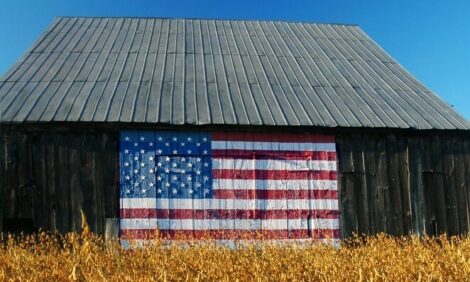



Making dairy farming more sustainable by using residual flows from insect production
Scientists from Wageningen University & Research will investigate whether residual flows from insect production can be used to reduce nitrogen and greenhouse gas emissions in dairy farming. The 'Flying Cow' project is a preliminary study and will be carried out in the laboratory.Insects have long been regarded as a sustainable way to produce proteins. The production and processing of these insects produces various valuable fractions that are rich in proteins, fats and a fibrous residual fraction.
Chitin
This fibrous fraction consists of a network of chitin, minerals and proteins. This network ensures the firmness of the exoskeleton of insects, but also ensures that the bound proteins are less readily available to humans and animals.
From a circular economy perspective, it is important to also use these proteins. The bound proteins may also be well protected against microbial conversions in the rumen of cattle. This would reduce ammonia and methane production and thus limit nitrogen and greenhouse gas emissions in dairy farming. If the digestion in the subsequent stomachs of the cow makes these proteins more available, they can be efficiently used for milk production.
Making dairy farming more sustainable
Dairy farming is an important sector in the Netherlands, but it also contributes to nitrogen and greenhouse gas emissions. The scientists will investigate whether the residual flows from insect production can indeed reduce nitrogen and greenhouse gas emissions, contribute to milk production and thus help to make Dutch dairy farming more sustainable, subject to changes in European legislation.



